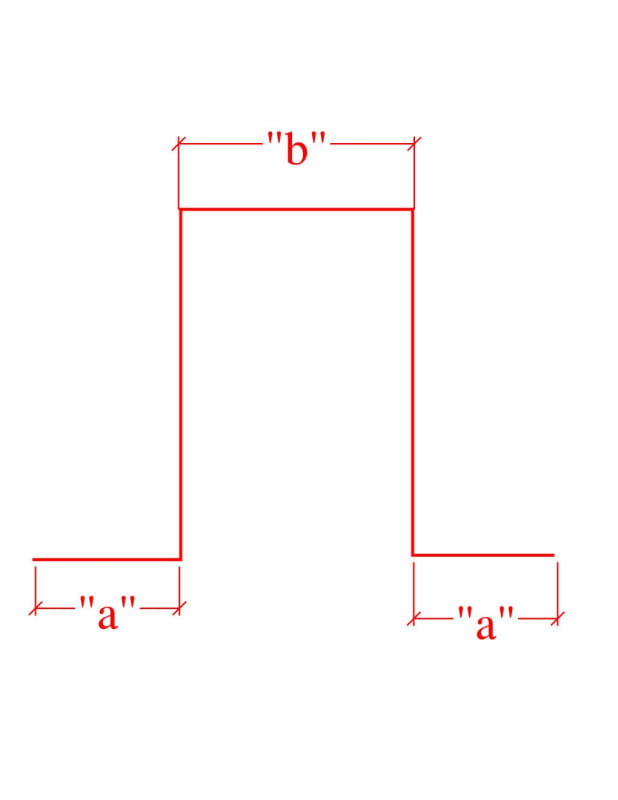BAGW
Structural
- Jul 15, 2015
- 392
Hi,
Where can I find the requirement for a U reinforcement bar dimensions.
Dimension "a" can be standard hooked bar length. what should be dimension "b". 2 x standard hook length?

Where can I find the requirement for a U reinforcement bar dimensions.
Dimension "a" can be standard hooked bar length. what should be dimension "b". 2 x standard hook length?


![[lol] [lol] [lol]](/data/assets/smilies/lol.gif)